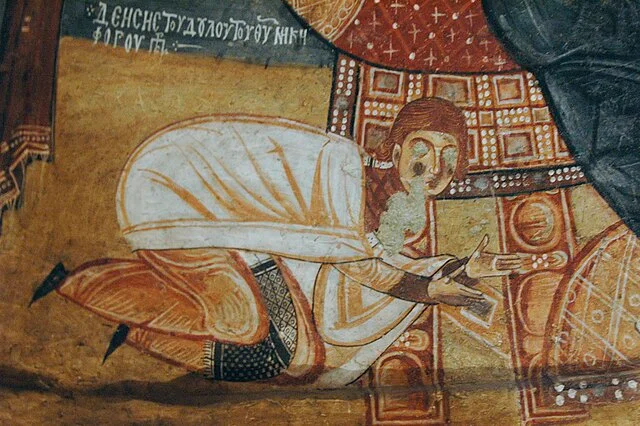The Dark Church, known as “Karanlık Kilise” in Turkish, is an ancient rock-cut church in Cappadocia, Turkey. Located within the Göreme Open-Air Museum, this structure is one of the best-preserved examples of Byzantine Christian art in the region. Its well-preserved frescoes have provided critical insights into the religious, artistic, and cultural life of Byzantine Cappadocia.
Get your dose of History via Email
History and Significance
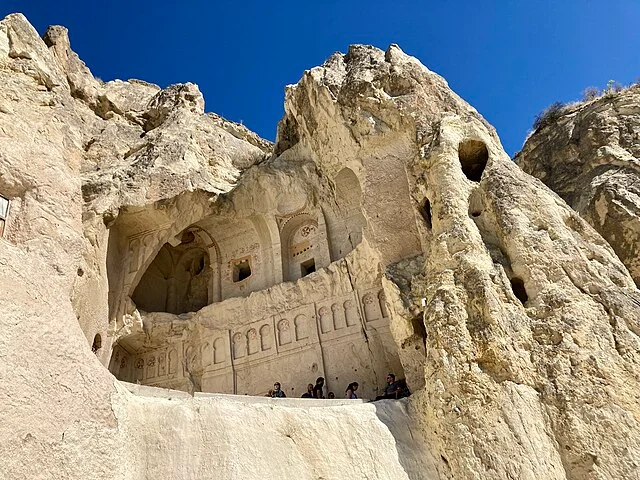
The Dark Church dates back to the 11th century AD, a period when the Byzantine Empire exerted control over Cappadocia. During this era, monastic communities flourished in the region, particularly in Göreme. The region’s soft volcanic rock made it ideal for carving churches, monasteries, and homes, and monastic communities often used the space for worship, contemplation, and study.
The church’s name, “Dark Church,” comes from its small window and limited light, which helped preserve its frescoes over the centuries. Because of this design, the frescoes inside remain vibrant, offering a rare glimpse of Byzantine religious art from this period. These paintings primarily depict scenes from the New Testament, including the life of Jesus Christ and other religious figures, such as saints and apostles.
Architectural Structure
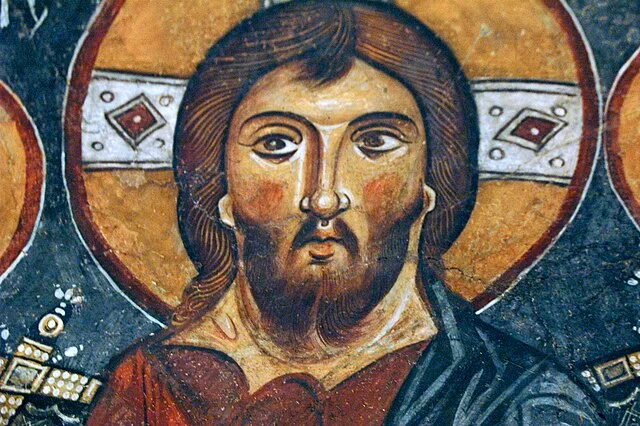
The Dark Church follows a classic cruciform (cross-shaped) plan with a central dome. It has three apses—semi-circular recesses common in Byzantine churches—indicating its importance as a place of worship. This layout allowed space for the clergy, who performed rituals in the apse area, while the congregation stood in the nave, facing the altar.
Like many Cappadocian churches, the Dark Church was carved directly into the volcanic tuff. This material, while relatively soft and easy to work with, also demanded careful maintenance to prevent erosion and deterioration. The design’s simplicity reflects the region’s monastic traditions, where function and purpose took precedence over elaborate decoration.
Frescoes and Iconography
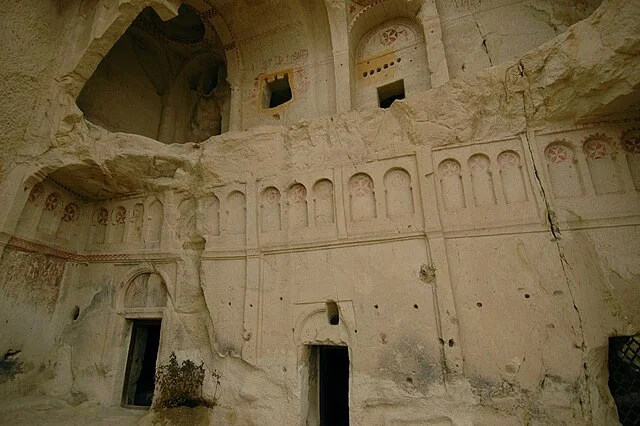
The Dark Church’s frescoes are renowned for their vivid colors and detailed iconography. Executed in the Byzantine style, these frescoes display a highly formalized art style, emphasizing symbolic representation rather than realism. Each scene was meant to convey a spiritual narrative to inspire and instruct worshippers.
Among the notable scenes depicted are:
- The Annunciation: This shows the angel Gabriel announcing to Mary that she will give birth to Jesus.
- The Nativity: This scene represents the birth of Jesus, with Mary and Joseph shown alongside the infant.
- The Baptism of Christ: Jesus stands in the Jordan River, with John the Baptist performing the baptism ritual.
- The Crucifixion: This poignant depiction of the Crucifixion reflects Byzantine emphasis on the sacrificial nature of Christ’s death.
- The Resurrection: Also known as the “Anastasis,” this fresco illustrates Jesus’ triumph over death and descent into the underworld.
These frescoes are painted using mineral-based pigments, which contributed to their longevity. The limited exposure to light further protected the colors from fading, maintaining their clarity and detail over centuries. Byzantine artists who worked on these frescoes employed careful shading techniques and bold outlines, characteristic of Cappadocian art.
Preservation Efforts
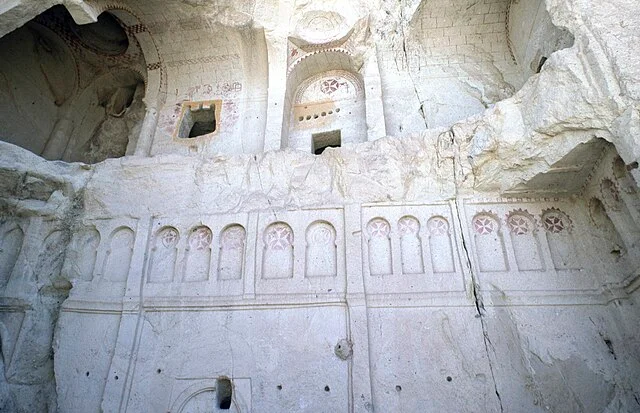
Preservation efforts for the Dark Church have been ongoing for many years. The Göreme Open-Air Museum, where it is located, was designated a UNESCO World Heritage site in 1985, emphasizing its international importance. Conservation work includes controlling visitor access and maintaining the controlled lighting inside the church to protect the frescoes from deterioration.
The Turkish Ministry of Culture and Tourism, alongside international conservation organizations, continues to manage and protect this site. Due to the Dark Church’s importance, visitors must pay an additional fee to enter, helping fund preservation and conservation efforts.
Religious and Cultural Context
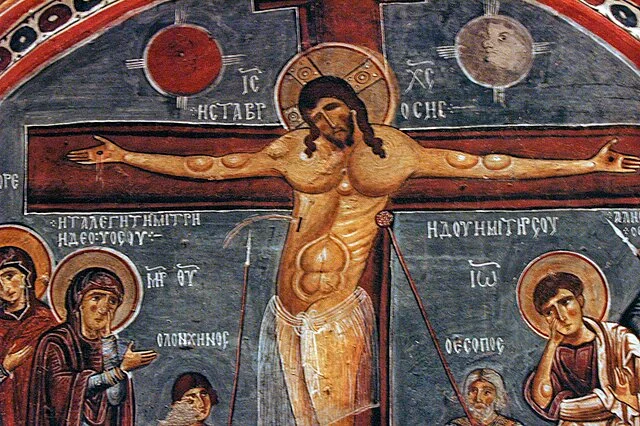
The Dark Church reflects the unique religious and cultural environment of Byzantine Cappadocia. During the Middle Ages, Cappadocia became a stronghold for Christian monks and ascetics, who carved monastic communities into the rock. These communities provided refuge from conflicts and allowed for a spiritual retreat focused on prayer and contemplation.
The artwork and architecture of the Dark Church reveal the devotional intensity of these communities. The frescoes, particularly in a region with limited access to written materials, would have served as visual scripture, narrating stories from the Bible for the local population.
Conclusion
The Dark Church remains one of the most remarkable Byzantine sites in Cappadocia. Its frescoes, preserved in vibrant color due to the church’s unique lighting and environment, provide insights into the religious devotion, artistic mastery, and cultural heritage of 11th-century Byzantine Christians. Today, it is not only an invaluable site for historians and archaeologists but also a place where visitors can directly experience the depth and beauty of Cappadocian art and monastic life.
Source:

